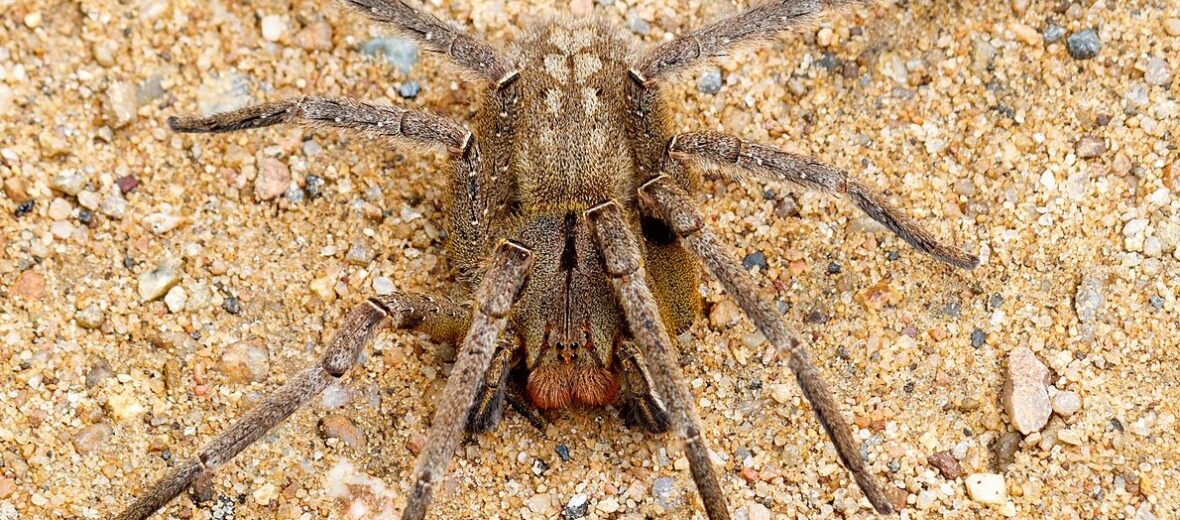
The Brazilian wandering spider, aka armed spider or banana spider, is a highly aggressive and deadly spider found throughout Central and South America. It’s bite can not only be painful but deadly! There are 5 known comparative species whose members are also incredibly venomous. It is arguably the world’s deadliest spider. See also, Australia’s funnel-web spider. The wandering spider is not currently evaluated by the IUCN.
First the Stats…
Scientific name: Phoneutria nigriventer
Length: Up to 1.89 inches
Legspan: Up to 5.9 inches
Lifespan: Up to 2 years
Now on to the Facts!
1.) Like most spiders, this species also has 8 eyes. 2 of their eyes are forward facing.
2.) The Brazilian wandering spider is also found by banana farmers, hence their other name, the banana spider. And no… they do not eat bananas.
3.) This spider does not spin webs to ensnare their prey. Instead, they ‘wander’ throughout the forest floor and agricultural fields in search of prey which they literally chase down and kill.
4.) The wandering spiders typically eat small and large insects, small lizards, and mice. Spiderlings eat flightless fruit flies and newborn crickets.
5.) The only time their spinnerets are used is during the production of an egg sac.
But wait, there’s more on the Brazilian wandering spider!
6.) After mating with the female, the male must make a hasty getaway to avoid being dinner. Such is the case in many spiders.
7.) One reason these spiders are so dangerous is that they tend to dwell in or around human habitations, which makes the likelihood of being bitten much greater
Did you know…?
A wet bite (a bite that contains venom) from this spider can kill a person in approximately 2 hours!
8.) This spider has a powerful neurotoxin, known as PhTx3. This neurotoxin causes loss of muscle control and breathing problems, resulting in paralysis and eventual asphyxiation (suffocation). In addition the bite causes intense pain and inflammation. It also causes priapism in humans. A lasting and painful erection that can lead to impotence.
Now a Short Wandering Spider Video!
Also, check out the Critter Science YouTube channel. Videos added frequently!
Want to suggest a critter for me to write about? Let me know here.



